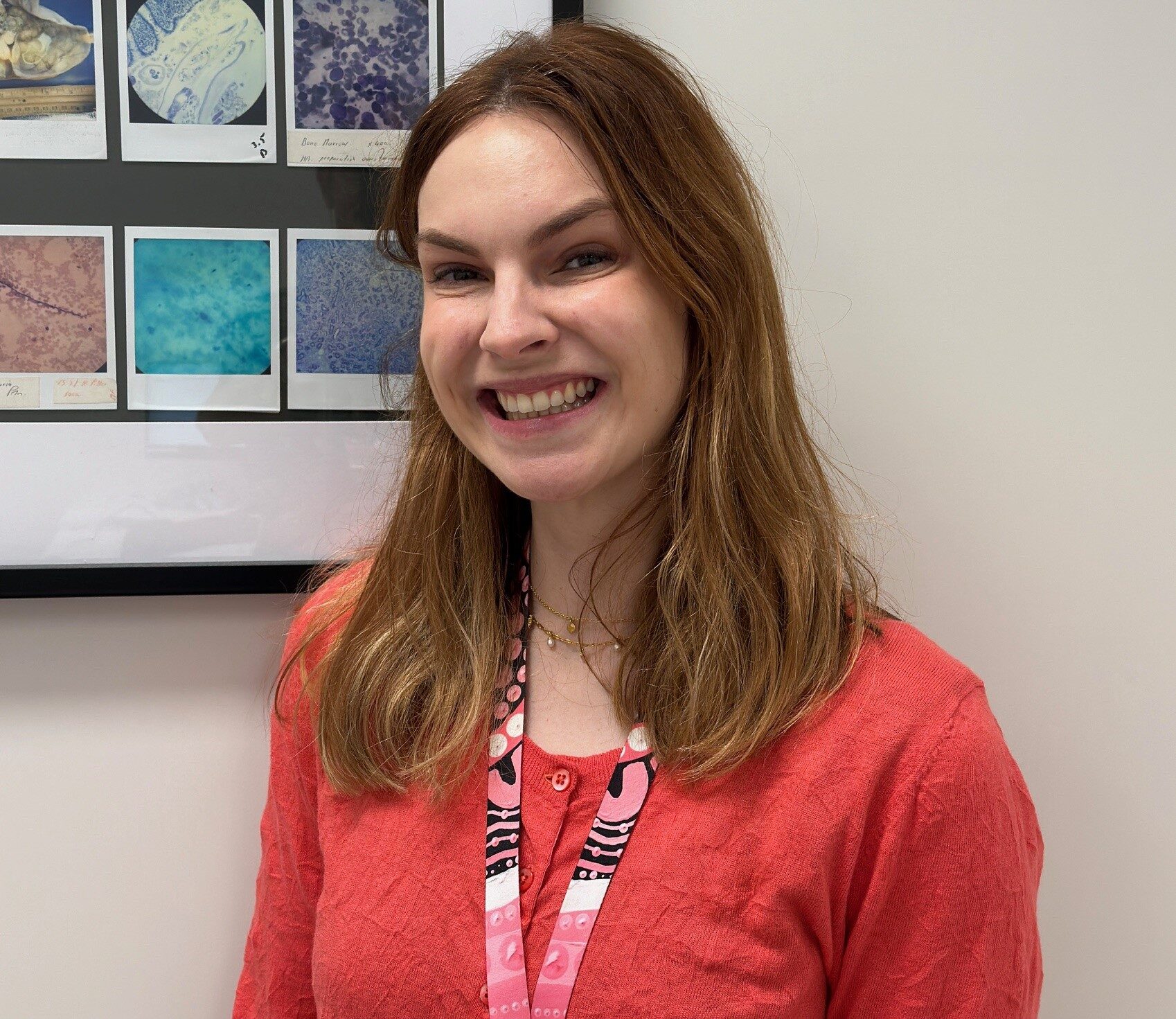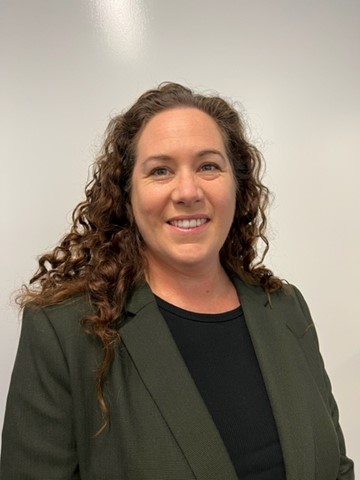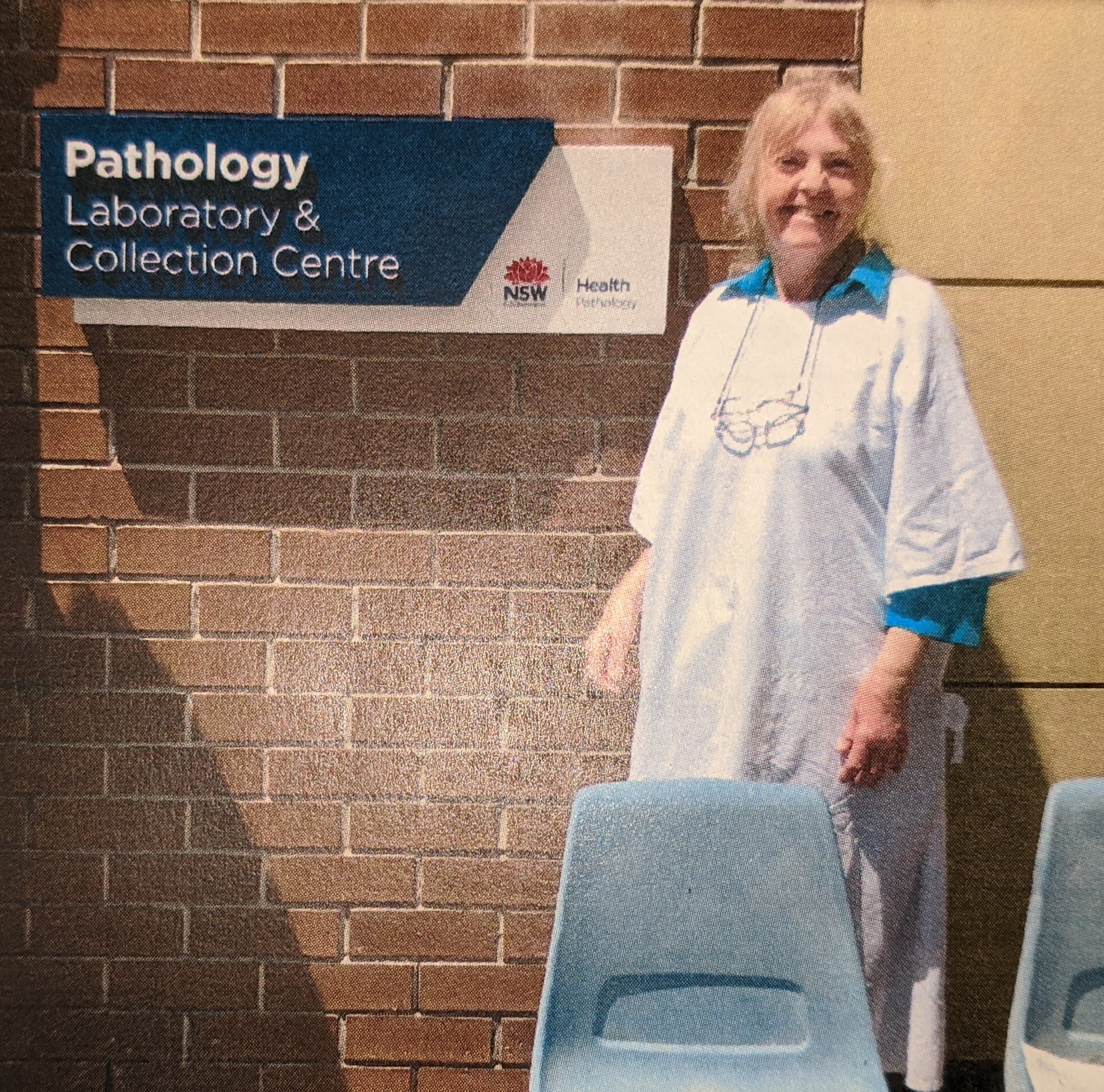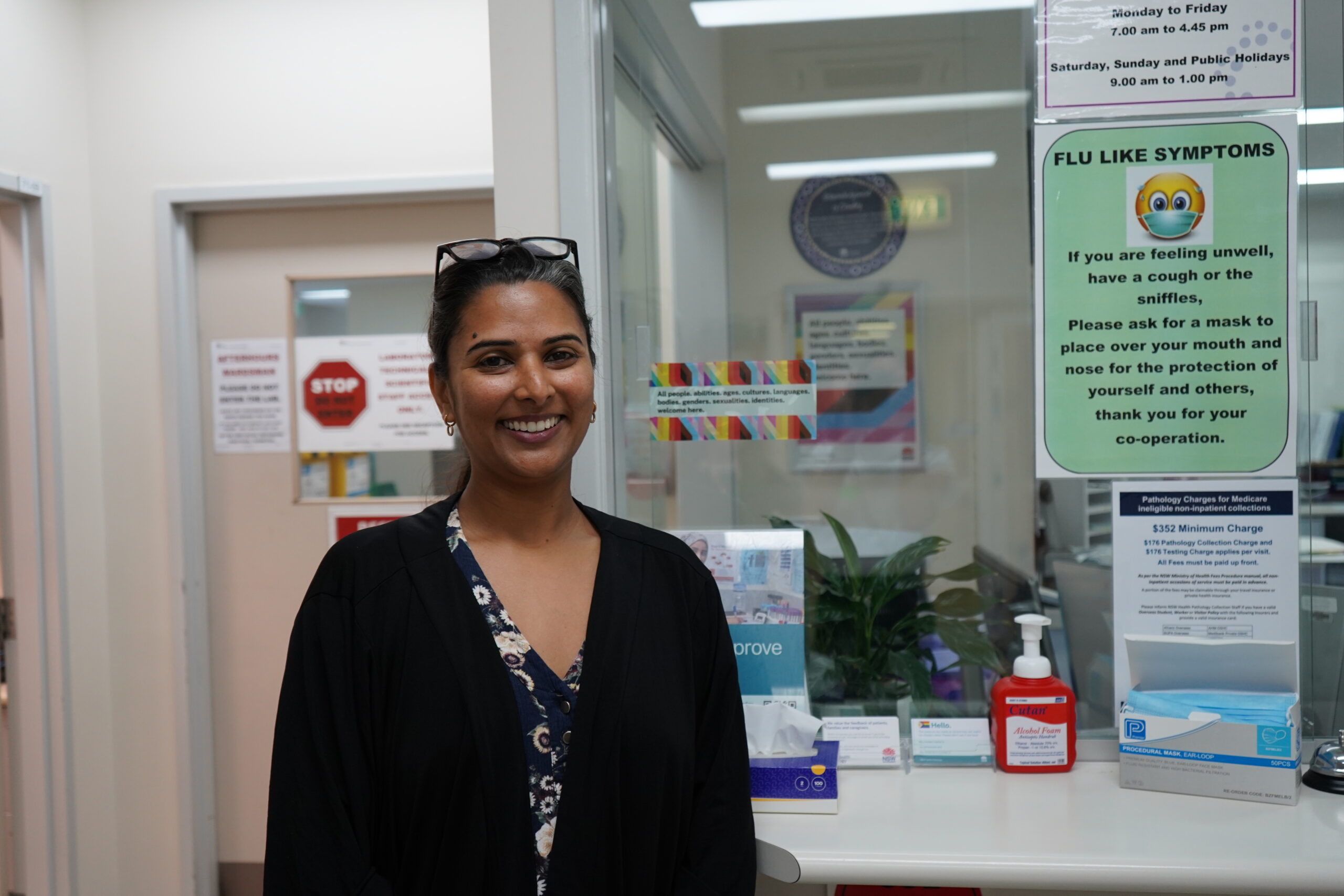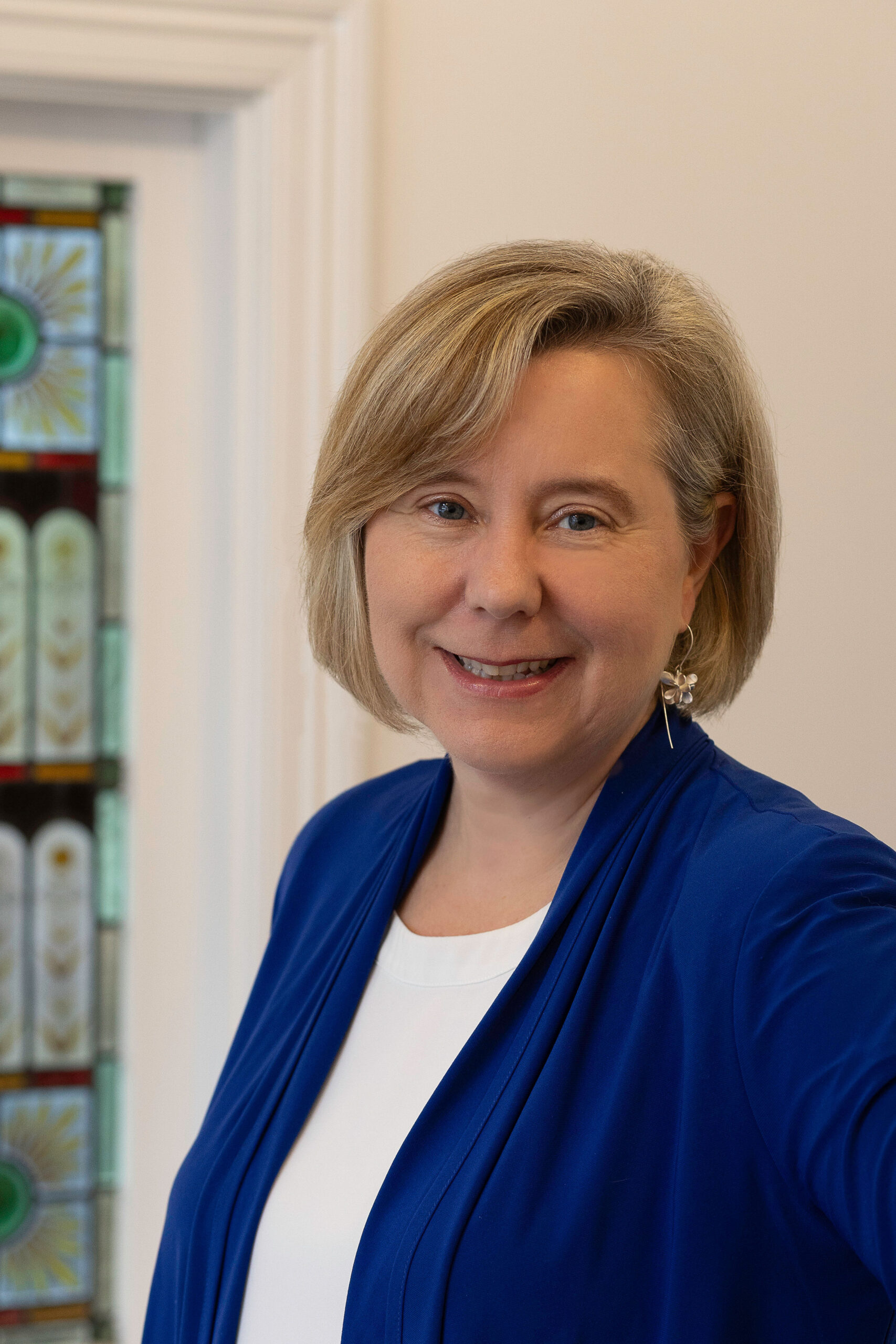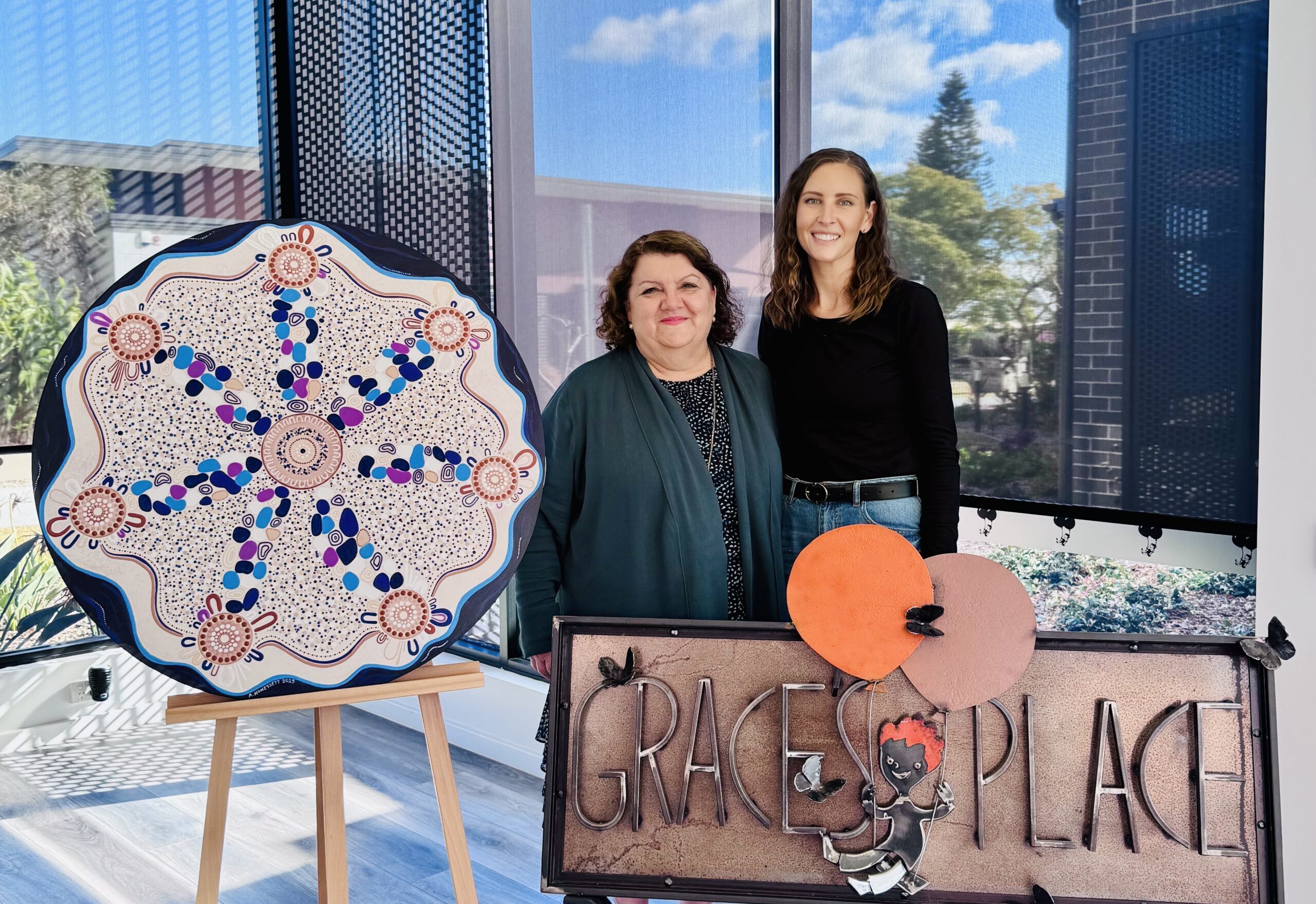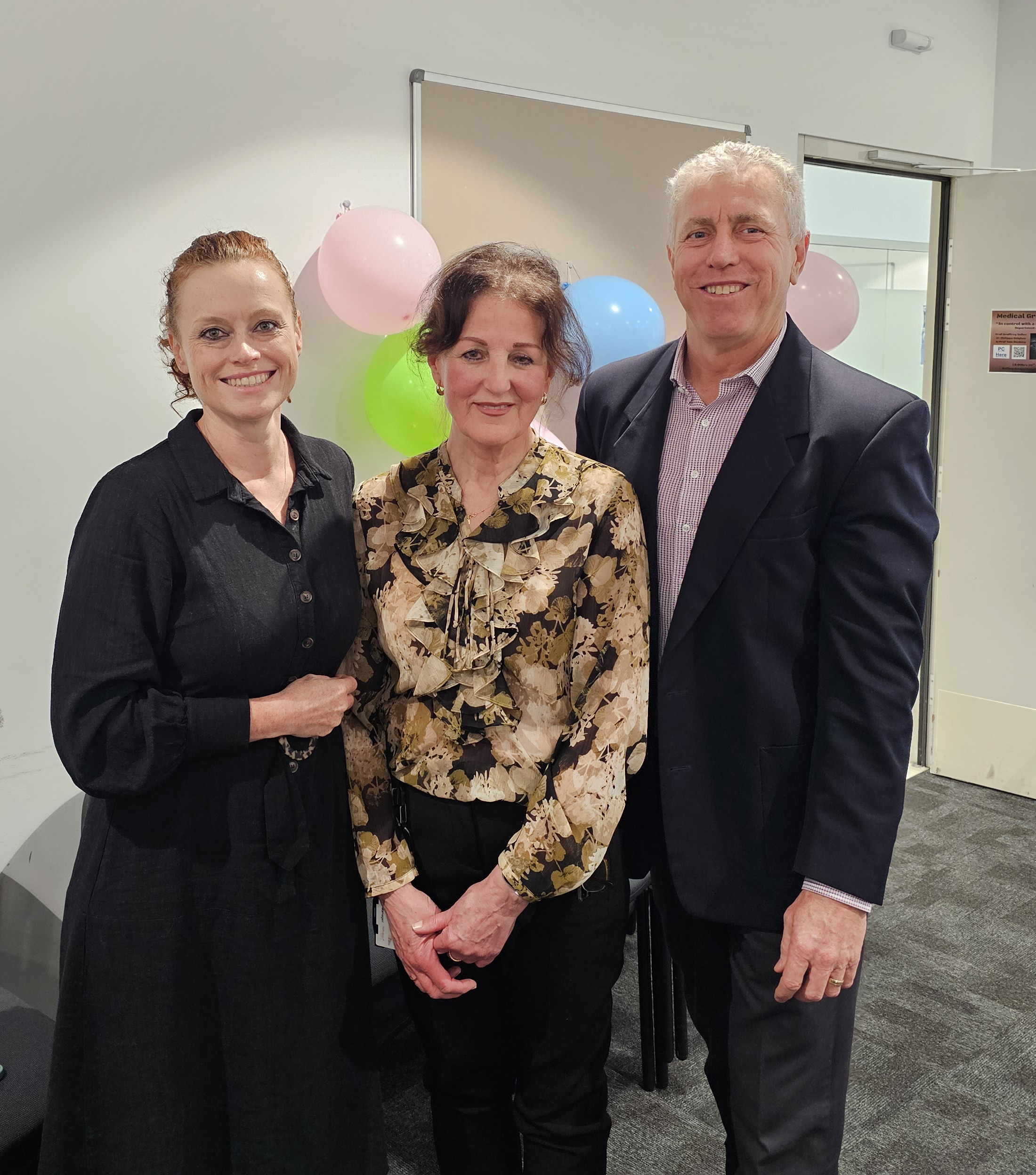Media Contact
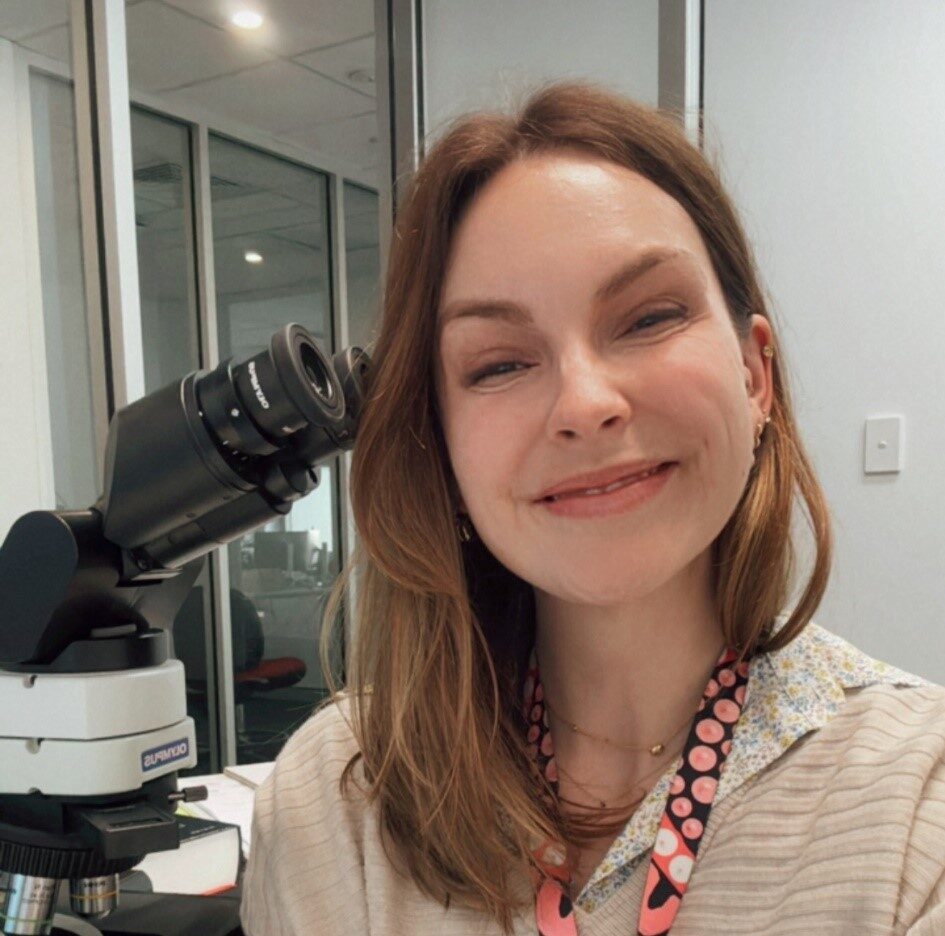
We’re getting to know some of our regional registrars. Here, we catch up with Dr Kate Osborne to chat about working in Coffs Harbour and why she picked pathology.
Dr Kate Osborne says she wasn’t even considering a career in medicine when she began studying undergraduate science at the University of Sydney but had no hesitation in deciding she wanted to pursue pathology.
“Pathology is just magic! In my undergraduate science degree, I studied Anatomical Pathology, as well as electron microscopy and light microscopy, and I just loved the combination of science and medicine that pathology afforded,” Kate said.
“I thought, I don’t really know what kind of doctor I want to be, but I know I want to do something meaningful, and do research. Pathology is at the heart of medicine in both clinical diagnostics and patient care.
“It is the absolute fundamentals of everything that we do in a hospital. I believe the current statistic is that about 70% of clinical diagnostics are dependent on our pathology laboratories, which is extraordinary.
“If pathology stops, the rest of the hospital stops.
“I love the fact that we can make such a big difference – even though there is this reputation that we live in dark little offices in the basement, it’s a beautiful laboratory here at Coffs and a vibrant team of people.”
Kate began working as a registrar at the Coffs Harbour Anatomical Pathology laboratory in early 2024.
She says it’s been rewarding living and working in a regional setting.
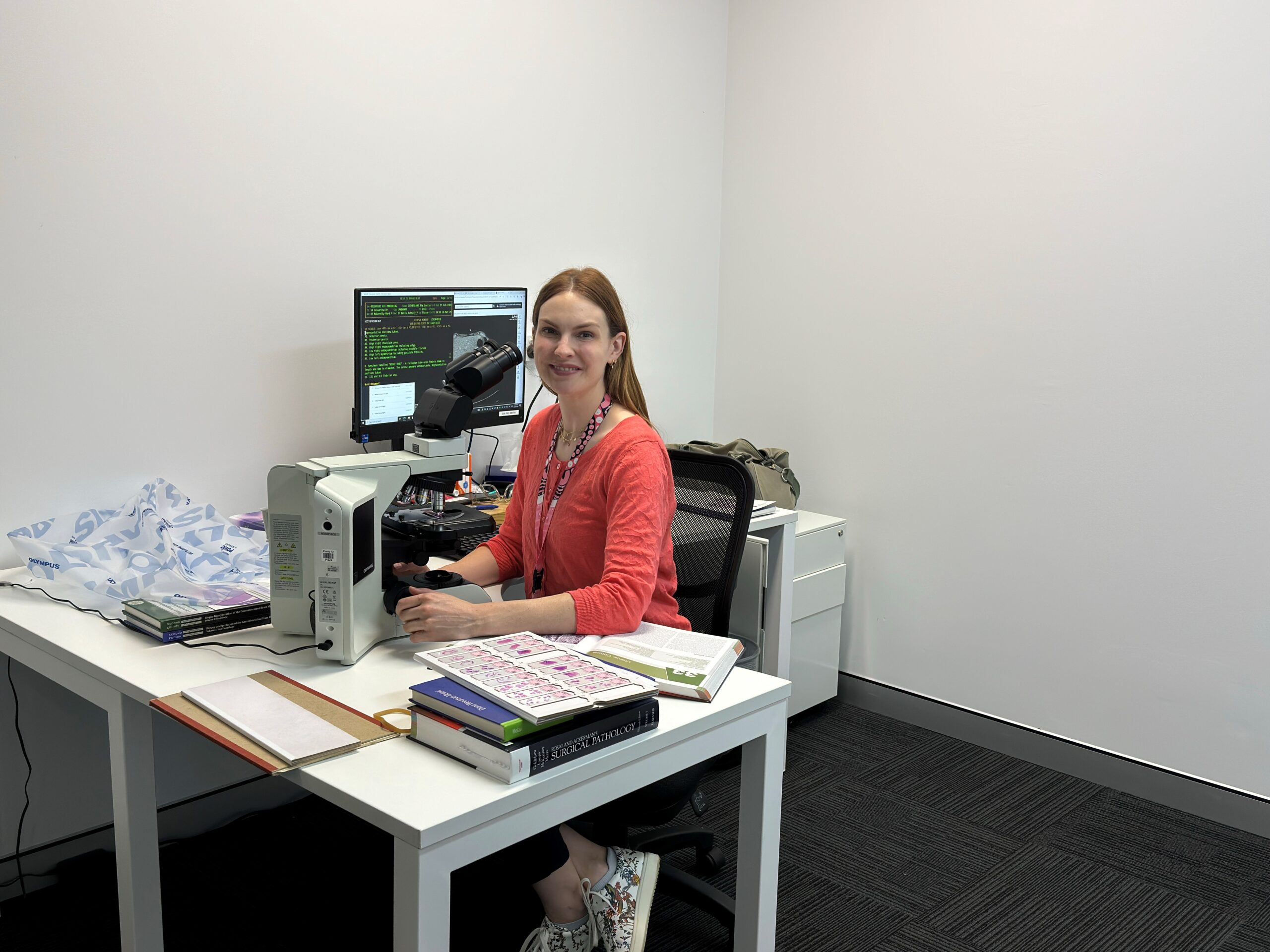
“I did some immunohistochemistry and slide preparation as part of my PhD research at Sydney University and RPA and they are huge labs. You might not even know everyone who works there,” she said.
“In Coffs, not only do you know all your colleagues, but you also get to know a lot of the clinicians you work with and attend multi-disciplinary team (MDT) meetings with as well. It’s collegiate and feels warm and inviting.”
Kate said she also feels more connected to patients and the local community at Coffs Harbour.
Although pathologists rarely get to see their patients, Kate says she is very aware of them while working.
“I always try to be really mindful that the tiny bowel biopsy specimen that I get and transfer into a cassette, get processed and then report, that represents up to 3 days of bowel prep for a patient.
“They’ve had to get to the hospital, undergo a general anaesthetic, arrange for time away from family or work and children, and then all the anxiety as they wait for results.
“This 3‑millimetre little specimen represents so much for that person. The job we are doing is so important to give someone a diagnostic picture so they can have better health and appropriate management of disease.”
Kate says she’ll complete her training in a larger metropolitan laboratory but intends to come back to a regional area in the long term.
“There’s so much we can do in regional areas and there’s a general shortage of pathologists of all types, not just anatomical, in regional and rural Australia.
“It’s such a shame because it’s a beautiful place to live, and you get an incredible array of specimens, things you don’t necessarily see in large centres because our patient cohort is so diverse. We regularly diagnose amazing and unusual entities that are quite inspiring to see as a registrar – and our pathologists have so much knowledge to share.”
Her advice to medical students thinking about pathology as an option?
“If you think pathology might be for you – ask to come and visit a lab! See what we do first-hand and experience why it’s such an amazing and privileged part of medicine to work in.
“I’ve had medical students in the AP lab with me and it’s been incredible to teach and mentor them. For example, I’ll open up a bowel that has been removed for malignancy and they’ll say ‘Oh my gosh, is that what all the mucosa really looks like?’ or ‘I had no idea that the mesentery attached like that’.
“They can see a tumour in situ and relate the anatomy in front of them to staging and patient prognosis. Medicine feels so much more tangible when they can see the diagnostic material in front of them.
“They’ll rub the inside of a gallbladder for the first time, and they’ll exclaim that ‘it’s so green and fluffy!’ It’s that sense of wonder that we need to continue to inspire in our medical students and interns.”
